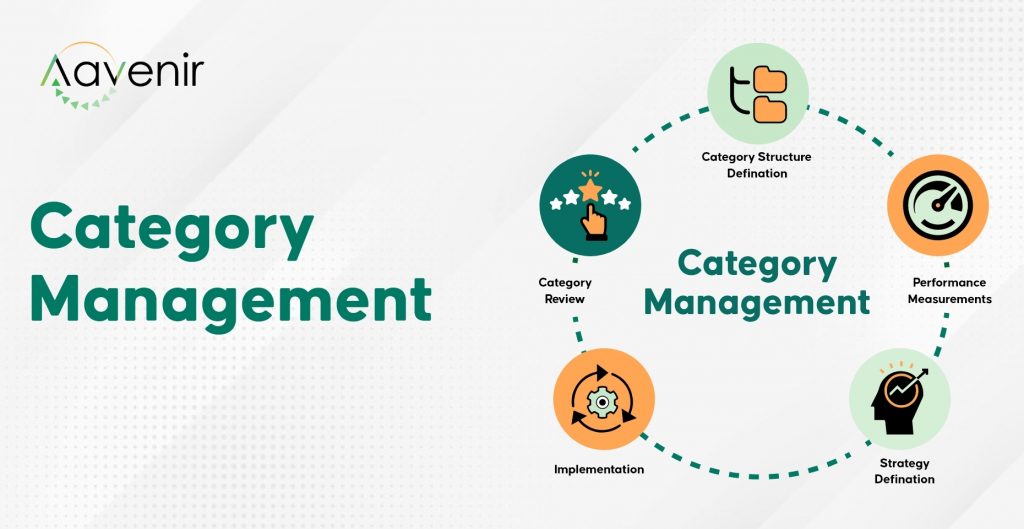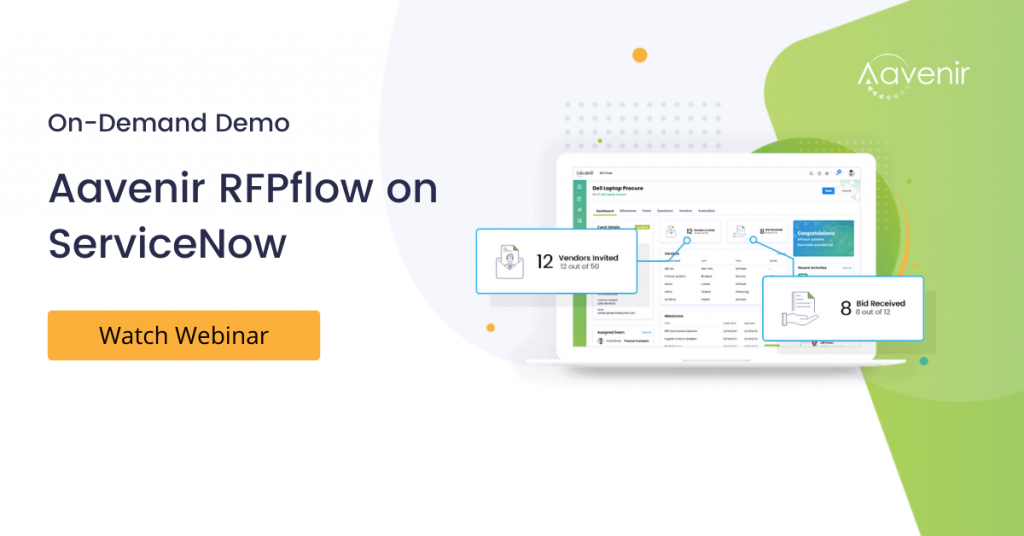Category Management
Category management is a retailing and purchasing concept in which the range of products purchased by a business organization or sold by a retailer is broken down into discrete groups of similar or related products; these groups are known as product categories (examples of grocery categories might be: tinned fish, washing detergent, toothpaste).

Category Management is a strategic approach to procurement where organizations segment their spend into areas which contain similar or related products enabling focus opportunities for consolidation and efficiency.
Understanding Category Management
In general, category management is the process of bundling products into a singular category, or business unit, and then addressing procurement, merchandising, sales, and other retail efforts on the category as a whole.
A central idea behind this strategy is to emphasize the benefits of the category for the consumer and remove inefficiencies and unprofitable competition among brands and suppliers within a category. For instance, this approach can help retailers lift profits on similar products in multiple ways, including by organizing procurement efforts under a single category instead of by individual brand or supplier.
Category management is the process of bundling products into a singular category, or business unit, and then addressing procurement, merchandising, sales, and other retail efforts on the category as a whole.
Why is Category Management important in Procurement?
Category Management is a critical component because it goes beyond just the buying of goods and guides the strategy of the team to build and develop supplier relationships to allow for deeper negotiations and program development.’’ We also wanted to know what Shannon felt was the most effective balance between clients and vendors in category management? ‘’The most effective balance between clients and vendors in category management is reliant upon open communication and honest negotiations. I always say – the only thing a supplier can say is ‘no’. I am always open to asking for more, but I am also always open to receiving pushback when my request is not received with a resoundingly positive response. Typically, the supplier and I can work through my request and come to a compromise and we both achieve a positive resolution.’’
Benefits of Category Management
We know what Category Management is, how it is done and why is it important but what are the benefits?
- Improved performance of vendors:- An operative and effective category management plan can aid your big or small business to work with vendors in a more effective style and can secure the time between the start and end of the process. Category management, if done tactically, can aid a new vendor or contract with layers of modifications.
- Better client satisfaction:- Category management is the single responsibility of a category manager who looks after all the elements related to a given contract or service like sourcing requirements, collecting bids, and negotiating contracts with diverse suppliers. This provides plenty of time for business people to focus on their work and deliver diversity and value-based services to satisfy the client’s desires.
- Improved relationships with diverse suppliers:- Management of category offers an opportunity to create contacts within the structure of the organization which is important for both big and small businesses. This should be your strategy and therefore enables the organization at the highest level and therefore, the designation of specific tasks takes place at the functional level. So, creating and organizing effective communication in such a way is a strategy that usually aids in improving relationships between all and diverse vendors.
- Better insights into spending and negotiating product price so resources are met – accurate accounting:- Usually when a category is not maintained by anyone, there is hardly anyone who can provide vital insights into the accuracy of price, cost, and spending because no one is familiar with the contracts that are on the way. The full list of vendors is unidentified, and hence, the complete extent of expenditure is unknown too. It can facilitate a better understanding of expenditure of standard cost and actual cost on the existing as well as upcoming contracts.
Explore Additional Resources to Know More




